

ARCHIVED TALKS
 18 Jan 2023
18 Jan 2023
Janet Iwasa
Animating Molecular Machines
...
Read More
 06 Sep 2022
06 Sep 2022
Philip Rosenthal
Antimalarial drug resistance in Africa
...
Read More
 17 Aug 2022
17 Aug 2022

Manu Prakash
Topological puzzles in cell biology: How geometry shapes cellular form
Biological systems engineer unique geometrical architectures poised for function. With extreme biophysics as our lens and bio-diversity as our playground - here I will highlight a few examples of extr...
Read More
 28 Apr 2022
28 Apr 2022
Shashi Thutupalli
Towards synthetic biology from a physical perspective
Our research program stems from a long standing interest in understanding the principles of self-organization in complex systems out of equilibrium. Starting from studies on the physics of collective ...
Read More
 23 Mar 2022
23 Mar 2022

Sheila Teves
Transcriptional memory and dynamics in embryonic stem cells
Transcription regulation is a key component of cell identity and function. In this seminar, I will discuss how transcription programs are maintained through the cell cycle, and explore new mechanisms ...
Read More
 18 Feb 2022
18 Feb 2022

Uma Ramakrishnan
How does genetic data inform tiger conservation?
Tigers are among the most charismatic species on earth. Two thirds of all tigers live in India, alongside 1.3 billion people. We have spent the last fifteen years understanding genetic connectivity an...
Read More
 28 Jan 2022
28 Jan 2022
 18 Jan 2022
18 Jan 2022

Vatsala Thirumalai
Follow the beat: Brain mechanisms for learning time intervals
The perception of time intervals between events dictates many behaviors. However, the neural mechanisms that mediate our ability to discriminate time intervals are not yet clearly understood. In my ta...
Read More
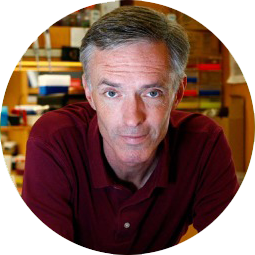 17 Nov 2021
17 Nov 2021
James J Collins
Synthetic biology - life redesigned
Synthetic biology is bringing together engineers, physicists and biologists to model, design and construct biological circuits out of proteins, genes and other bits of DNA, and to use these circuits t...
Read More
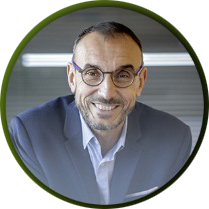 25 Oct 2021
25 Oct 2021

Eric Vivier
Harnessing innate immunity in cancer therapy
New therapies that promote antitumor immunity have been recently developed. Most of these immunomodulatory approaches have focused on enhancing T-cell responses, either by targeting inhibitory pathway...
Read More
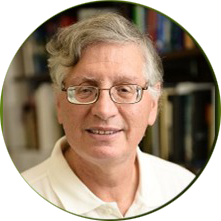 16 Sep 2021
16 Sep 2021
Erwin London
Using Lipid Exchange to Understand Membrane Organization and Function
To investigate the formation and role of ordered membrane domains (lipid rafts) we developed a phospholipid exchange method using cyclodextrins to prepare artificial lipid vesicles with asymmetry mimi...
Read More
 14 Jul 2021
14 Jul 2021

Amitabh Joshi
The illusion of mechanism in biology
In biology, the search for molecular mechanisms for organismal traits is often likened to the quest for the Holy Grail. I will argue that such mechanisms are mostly illusions, perhaps like the grail i...
Read More
 15 Jun 2021
15 Jun 2021
Mary Gehring
Genetic Conflicts and Seed Biology
Seeds are a key stage in the plant life cycle. The endosperm, a nutritive seed tissue, is essential for seed viability. Endosperm is also home to a fascinating epigenetic phenomenon, gene imprinting. ...
Read More
 31 May 2021
31 May 2021

Vidyanand Nanjundiah
To what extent are physics and chemistry sufficient to account for biology?
This talk will revolve around two well-known sayings. The first is “All biology is chemistry and all chemistry is physics”. It is interpreted to mean that (a) chemical phenomena are based on the p...
Read More
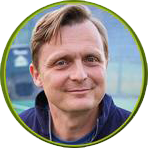 13 May 2021
13 May 2021

Michael Rape
Ubiquitin-dependent control of development and disease
Ubiquitylation is essential for cell fate specification in all eukaryotes, and mutations in ubiquitylation enzymes are often the cause of severe disease. We have identified several ubiquitin-dependent...
Read More
 19 Apr 2021
19 Apr 2021

John Mattick
Genomes: The .zip files of transcriptomes
The human genome contains just 825 megabytes of information, yet programs the precise ontogeny of an organism that can walk and talk. Most of the genome is differentially transcribed during developmen...
Read More
 11 Mar 2021
11 Mar 2021

Vishwesha Guttal
The Physics of Ecology: Fundamental Parallels Between Statistical Physics and Ecology
Common people and even scientists think of ecology as a discipline that exclusively studies wildlife and topics related to environmental pollution. My friends both within and outside the scientific co...
Read More
 12 Feb 2021
12 Feb 2021

Sam Illingworth
Poetry of Science: Using poetry and games to develop dialogue between scientists and non-scientists
In this presentation, Dr. Sam Illingworth will explore how poetry and games can be used to move away from one-way methods of communication and towards two-way dialogue between scientists and non-scien...
Read More
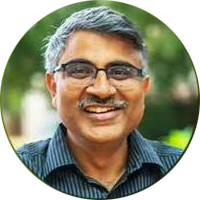 28 Jan 2021
28 Jan 2021

Dasaradhi Palakodeti
tRNA derived small RNA fragments: their biogenesis and function in stem cells
Cellular differentiation is a complex process. Transitions from a stem to differentiated state require control of gene expression at transcriptional, post-transcriptional and translation level. Studyi...
Read More
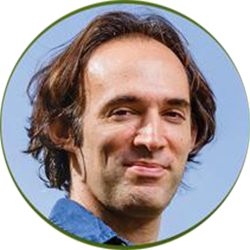 23 Nov 2020
23 Nov 2020

Oded Rechavi
C.elegans Parental Experiences Regulate a Critical Decision Made by the Progeny
C. elegans can transmit certain responses transgenerationally, however it is unknown whether these can impact the process of evolution. Here, by studying nematodes that choose whether to self-reproduc...
Read More
 16 Oct 2020
16 Oct 2020

Siddhesh Kamat
A chemical biology approach towards understanding a human neurological disorder
Polyneuropathy, Hearing loss, Ataxia, Retinitis pigmentosa, and Cataract (PHARC) is an autosomal recessive human genetic neurological disorder caused by deleterious (null) mutations to the abhd12 gene...
Read More
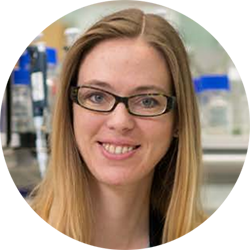 18 Sep 2020
18 Sep 2020

Madeline Lancaster
Examining human brain structure and function with cerebral organoids
The human brain exhibits a number of unique characteristics, such as dramatic size expansion and variation in relative abundance of specific neuron populations. In an effort to better understand human...
Read More
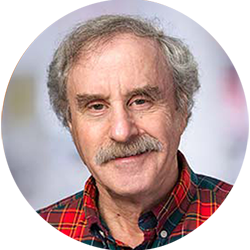 10 Aug 2020
10 Aug 2020

Steven Henikoff
Genome-wide mapping of protein-DNA interaction dynamics
We recently introduced new tools for high-resolution genome-wide chromatin profiling and have applied them to study chromatin organization and dynamics in a variety of model systems, including yeast, ...
Read More
 09 Jul 2020
09 Jul 2020

Grant Jensen
Electron cryotomography and the ultrastructure of cells
In the last ten years electron cryotomography (cryo-ET) has made it possible to visualize large macromolecular assemblies inside intact cells in a near-native, "frozen-hydrated" state in 3-D to a few ...
Read More
CREDITS:
SudiptaMondal (Logo design)
Manish Bhattacharjee (Series name)
Renu Sudhakar & Santosh Kumar Kuncha (Concept)All rights © CSIR-CCMB